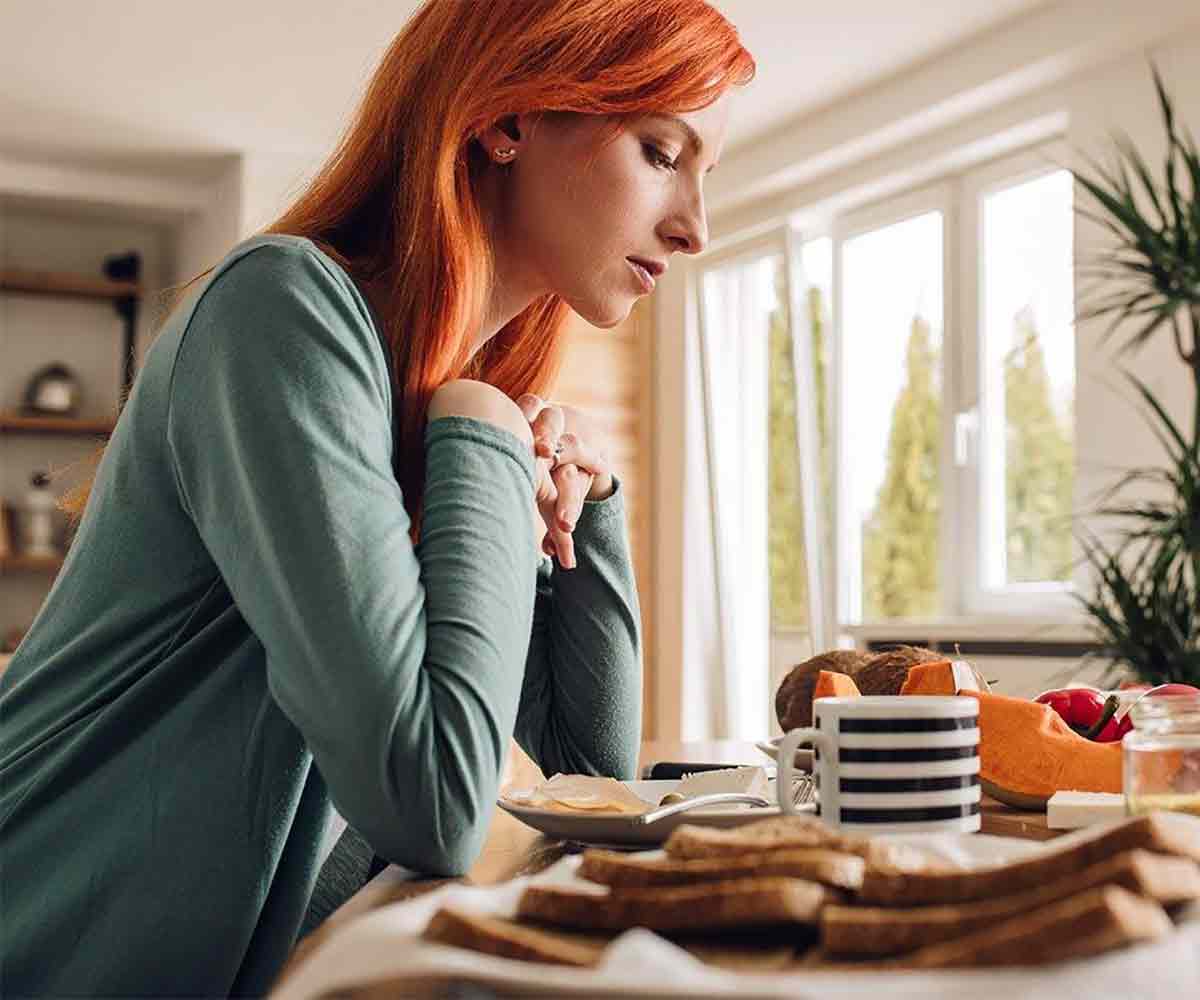Whatever triggered your oxytocin in youth built a pathway that turns it on today. Food anxiety is usually linked to that circuit because it’s linked to your early social experience. If you enjoyed social trust around a table in youth, that will activate your sense of safety today. If your table was full of conflict, you have some different associations. Most of us have a combination of positive and negative associations for shared meals, which is why food can evoke social pain and the joy of belonging at the same time.
Safety in Numbers
Every mammal seeks safety in numbers. If we count on food to trigger that feeling, we may eat too much. There are other ways to enjoy the sense of acceptance we naturally crave, but they’re easy to forget when we expect to get it through food. Such expectations are reinforced by the images of shared meals we see around us. In the past that might have centered on village festivals and visits to relatives. Today, movies and media present images of convivial meals, and restaurant windows display them live. Your brain easily links food to social support. The social solidarity of other times and places is widely idealized. The reality is that group meals were necessary before technology simplified food preparation. People embraced alternatives to group meals as soon as they emerged.
In our idealized image, mealtime meant sharing your deepest hopes and dreams and getting unconditional approval from everyone assembled. The reality was often quite different. Expectations were rigid, and if you failed to meet them you would be excluded from the shared meal. That meant hunger, so you kept your big ideas to yourself. When a gazelle eats with the herd, it gets poked by other gazelles, but it eats with the herd to avoid predators. In our Hollywood images, meals are prepared with love, and crops are grown with love. Our illusions about collective eating are fueled by the cooperative farms celebrated in fiction and nonfiction. The bad news is often left out. Most cooperatives dissolve from conflict. Food preparation took a huge amount of drudge work in the past, and resentment was sometimes an ingredient.
When you idealize the community of the past, you feel like your life is missing something.
It helps to be realistic about the past. When I visited Asia, a colleague invited me to a meal with her family. Everyone served themselves from platters in the center. My friend told me that everyone notices what everyone else takes, so you grow up learning to watch what you eat. I suddenly realized that shared meals had helped people restrain their food intake for most of human history. The end of that lifestyle brought two new challenges: finding new ways to build trust and finding new ways to restrain food intake.
I was reminded of the moment in my first semester at college when I realized I could choose food without another person’s judgment. We often long to free ourselves from the judgment of others, but then our survival depends on the quality of our own judgment. You need social trust in your life, of course. In the past, your choices were limited, so you had to sustain trust with the people you had.
Today, there are numerous options, but sustaining trust is still hard for any group of mammals. You can choose to build trust around food or to build it in other ways. Your brain is longing for real trust, rather than fake trust. Real trust requires reciprocity over time. Sharing food can be a steppingstone to real trust, but it is not a substitute. The more you recognize your real oxytocin needs, the less you expect to meet them by eating.
This is an excerpt from Tame Your Anxiety: Rewiring Your Brain for Happiness
This is Part Three of a five-part series.
Part One-Food and Anxiety
Part Two-The Dopamine Value of Food
Part Four- The Serotonin and Endorphin Value of Food
Part Five- Food Trade-Offs and Anxiety
Loretta Breuning, PhD is Founder of the Inner Mammal Institute and author of Habits of a Happy Brain: Retrain Your Brain to Boost Your Serotonin, Dopamine, Oxytocin and Endorphin Levels. She’s Professor Emerita of Management at California State University, East Bay. Her many books and digital resources help people find their power to manage their brain chemicals.




